- Arm Pain of Spinal Origin

Arm pain of spinal origin can be described as discomfort or pain felt anywhere in the arm including the wrist, elbow, or shoulder as a result of a pinched nerve (nerve compression) or irritated nerve in the spinal cord. The pain can occur as a dull constant pain or a sudden sharp pain that can develop suddenly or over time.
Know More - Osteoporosis of the Spine

Osteoporosis is a bone disease characterized by a decrease in bone mass and density resulting in brittle, fragile bones that are more susceptible to fractures. The condition most commonly affects elderly women. Osteoporosis-related fractures are more common at the vertebral bodies of the spine. Osteoporosis is called a "silent disease," as a majority of the patients may be unaware of their condition...
Know More - Sciatica

Sciatica is a painful condition caused by the irritation of the sciatic nerve. Sciatica can be acute (short term), lasting for a few weeks or chronic (long term), persisting for more than 3 months. It is important to understand that in most cases, sciatica will resolve itself within a few weeks or months and rarely causes permanent nerve damage.
Know More - Radiculopathy
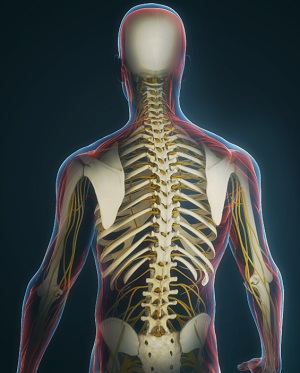
Radiculopathy is a condition where a nerve root in the spine is compressed, producing pain or weakness across the whole length of the nerve. It is sometimes referred to as a pinched nerve or sciatica. It occurs most commonly, but is not limited, to the lower back and neck.
Know MoreLaunch Movie - Scoliosis

Scoliosis is a condition characterized by the abnormal curvature of the spine that causes a deviation to one side. It causes a physical deformity, making the spine look like the letter “C” or “S” instead of the letter “I”. Scoliosis can affect either the mid or lower back. Scoliosis of the mid back is more common. Scoliosis can occur at any age.
Know More Launch Movie - Spondylolysis
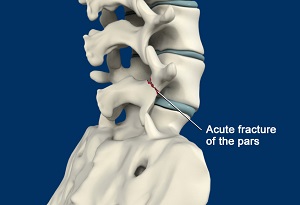
Spondylolysis is a stress fracture in the vertebra that may progress into spondylolisthesis, a condition where the vertebra gets displaced from the spinal column. Spondylolysis is the cause of frequent low back pain in children. It is more common among children and teenagers who participate actively in sports such as football, weightlifting, and gymnastics.
Know More Launch Movie - Facet Joint Arthritis
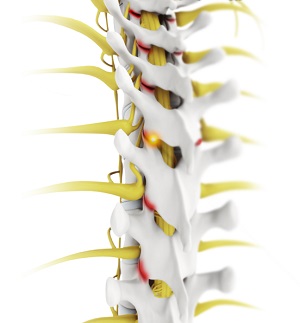
Facet joints, also called zygapophyseal joints, are synovial joints located at the back of your spine, connecting the vertebrae together. Normally the facet joints are lined by a cartilage and a membrane of synovium. There are two joints between each pair of vertebrae located on either side of the spine. The facet joints provide stability for the spine.
Know More - Kyphosis

Kyphosis is a condition of abnormal curvature of the spine that causes rounding of the upper back or a hunchback. The thoracic portion of the spine normally has a C-shaped curve, but excessive forward curve in the spine leads to kyphosis. Kyphosis most commonly affects the thoracic spine, but can involve the cervical and lumbar portions too.
Know More - Spinal Instability
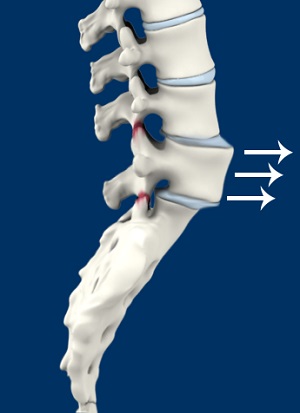
Spinal instability refers to the condition of failure of the spinal column to maintain its normal structure. Normally, the spine functions to protect and provide support to the body and its internal organs. An unstable spine is incapable of holding various spinal structures such as spinal muscles, ligaments, bones, and discs in place. Mild spinal instability may resolve on its own, while a severe spinal instability may damage the spinal cord, nerve roots, and lead to spinal deformity.
Know More - Sacroiliac Joint Dysfunction
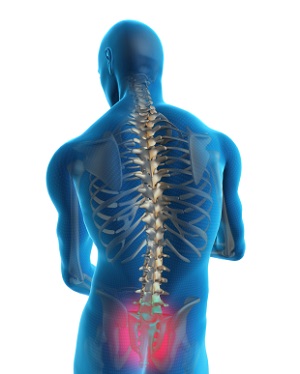
Sacroiliac joint dysfunction or sacroiliac joint pain is one of the common causes of low back pain.
Know More - Spinal Infection
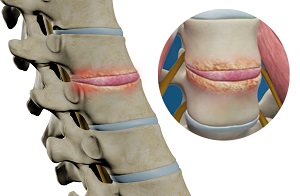
A spinal infection is described as an infection of the spine. It can occur in various locations of the spine i.e., intervertebral disc space, vertebral column, spinal canal, and nearby soft tissues.
Know More - Spine Bone Spurs
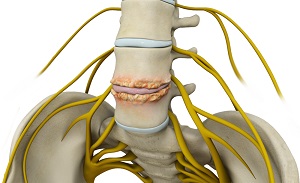
Spine bone spurs, also called osteophytes, are bony projections that develop in the spine’s facet joints where cartilage has worn out or along the vertebral body’s endplates edges. It can grow at any level of the spinal column such as the low and mid-back and in the neck.
Know More - Spinal Injuries at Work
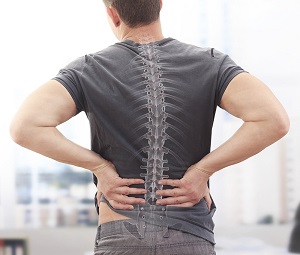
Spinal injuries are the most common workplace injuries that may occur while operating heavy machines, lifting heavy objects, driving automobiles, or when you suffer a fall at the workplace.
Know More - Spondylolisthesis
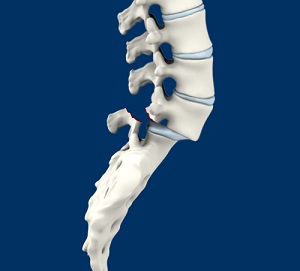
Spondylolisthesis is the displacement of the vertebral disc from the spinal column. Outward (forward) displacement is termed as anterolisthesis and inward (backward) displacement is termed as retrolisthesis. This condition is often preceded by spondylolysis, a degenerative condition of the vertebra.
Know More Launch Movie - Spine Trauma
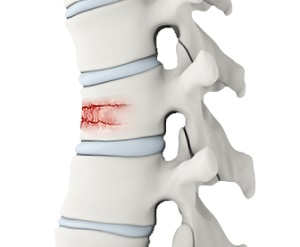
Spine trauma is defined as an injury or damage to any region of the spine. The spine extends from the neck to the lower back and consists of the vertebral bones which surround and protect the spinal cord. Damage to the spinal cord or spinal nerves can cause changes in sensation, strength, and other body functions.
Know More - Spinal Stenosis

Spinal stenosis is a condition caused by the vertebral column constricting and exerting pressure on the spinal cord or neural foramen (a bony tunnel through which a nerve exits the spinal cord).
Know More Launch Movie - Spinal Tumors
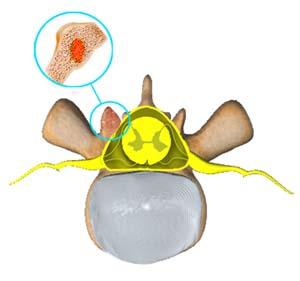
A spine tumor is the abnormal growth of uncontrolled tissues or cells in and around the spinal cord. Tumors can either be cancerous (malignant) or non-cancerous (benign). Tumors that begin in the spine are called primary spinal tumors. Tumors that spread to the spine from other parts such as the breast, prostate, lung, and other areas are called secondary spinal tumors.
Know More - Poor Balance
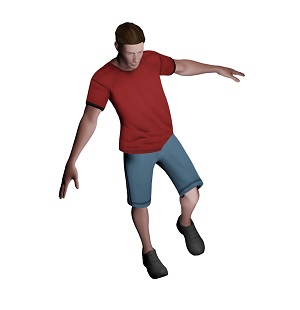
Poor balance can be defined as a sense of unsteadiness on your feet due to dizzy spells or lightheadedness, fainting, blackouts, or loss of consciousness.
Know More - Whiplash

Whiplash is a soft tissue injury to the neck, usually caused by a sudden forceful jerk commonly occurring because of an automobile accident, sports injuries or an accidental fall. Headache may develop immediately or after a short period of time after the injury. Sometimes, whiplash may also be referred to as neck strain, neck sprain or hyperextension injury.
Know More - Thoracic Disc Herniation
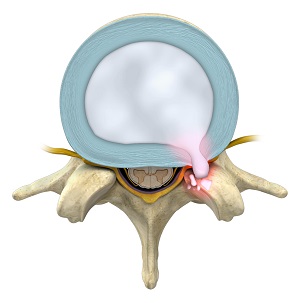
Thoracic herniation disc is a condition in which the outer fibers (annulus) of the intervertebral disc are damaged causing the soft inner material of the nucleus pulposus to rupture out of its space. This condition can be extremely serious if it occurs in the thoracic spine. Thoracic disc herniation is a relatively uncommon condition.
Know More - Thoracic Myelopathy
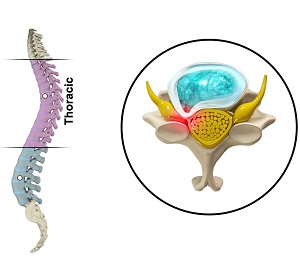
Thoracic myelopathy is a disorder resulting from severe spinal cord compression in the thoracic region. The spinal cord in this region typically gets compressed as a result of bulging or herniated discs, spinal trauma, or bone spurs causing severe pain and discomfort. Thoracic decompression surgery is one of the effective ways to treat thoracic myelopathy.
Know More - Thoracic Pain

Thoracic pain is the pain and discomfort caused due to damage to the muscles, nerves, bones, and joints of the upper and middle part of the spine.
Know More - Cervical Fracture
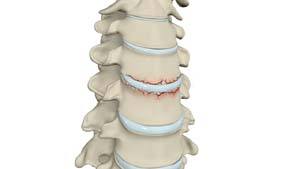
Cervical fractures are common in motor vehicle accidents, sports activities and falls. The second, sixth and seventh cervical vertebrae are frequently involved in fractures, which may injure the spinal cord.
Know More - Cervical Stenosis
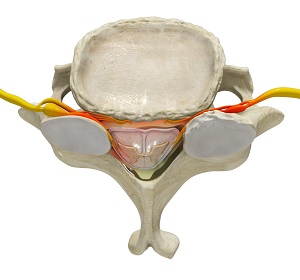
Cervical stenosis refers to the narrowing of the spinal canal that protects the spinal cord and its branching nerves.
Know More - Cervical Disc Protrusion
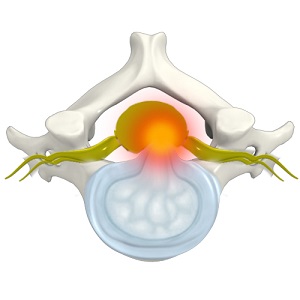
Cervical disc protrusion, commonly known as a disc bulge, occurs when the spinal discs and associated ligaments are intact, but may form an outpouching that presses on the spinal nerves.
Know More - Lumbar Radiculopathy
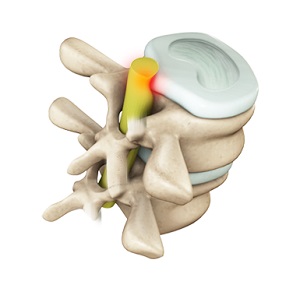
Lumbar radiculopathy can be extremely debilitating and interfere with your daily activities.
Know More - Lumbar Stenosis
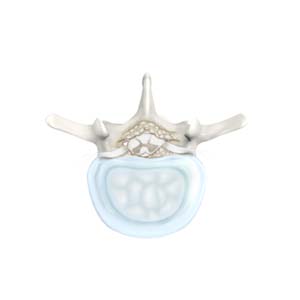
Lumbar stenosis is the compression of spinal nerves caused by the narrowing of the spinal canal. It is one of the common causes of lower back pain. Spinal stenosis can also affect the spine in the neck region.
Know More - Back Pain

Back pain or backache is the pain felt in the back that may originate from damage to the muscles, nerves, bones, joints or other structures in the spine. Back pain is one of the most common medical problems experienced by most people at some time in their life. It can be acute, usually lasting from a few days to a few weeks, or chronic, lasting for more than three months.
Know More - Neck Pain

Common neck pain may occur from muscle strain or tension from everyday activities including poor posture, prolonged use of a computer and sleeping in an uncomfortable position.
Know More Launch Movie - Degenerative Disc Disease
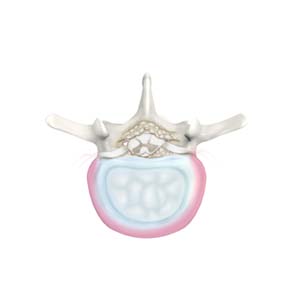
Degenerative disc disease (DDD) refers to the gradual deterioration of the intervertebral discs between the vertebrae. DDD is a misnomer as it is not actually a disease but a condition that affects the strength, resilience and structural integrity of the intervertebral discs due to advancing age, trauma, injury, repetitive movement, improper posture or poor body mechanics.
Know More Launch Movie - Herniated Disc
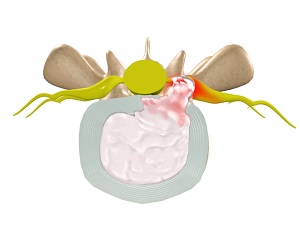
Disc herniation is a condition where the central nucleus pushes through the outer edge of the disc, causing a bulge that compresses the spinal nerves.
Know More - Spinal Deformities
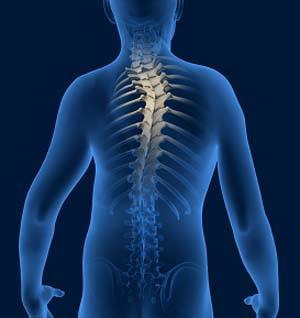
Kyphosis is characterized by an abnormal curvature of the spine in the thoracic region that results in a round-back appearance.
Know More - Spinal Fracture
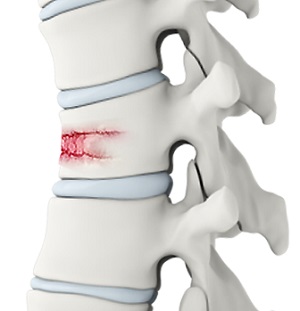
A fracture of the spine is a break in the bone continuity of the spinal vertebrae or vertebral column. The spine extends from the neck to the lower back and consists of the vertebral bones which surround and protect the spinal cord. Damage to the spinal cord or spinal nerves can cause changes in sensation, strength, and other body functions.
Know More Launch Movie - Vertebral Compression Fractures
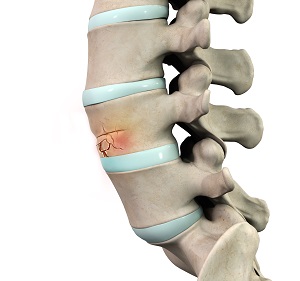
Vertebral compression fractures can occur because of trauma from a fall, forceful jump, car accident or tumor that spreads to the spine from elsewhere. Vertebral compression fractures are usually caused by osteoporosis, a condition that causes thinning of the bone.
Know More








